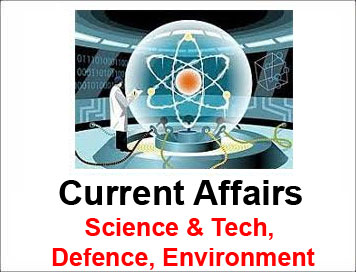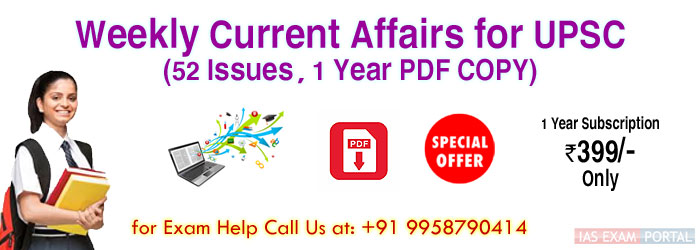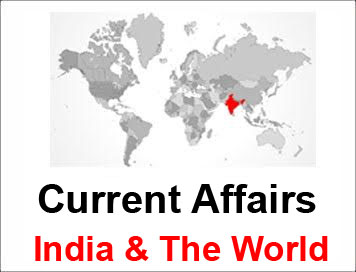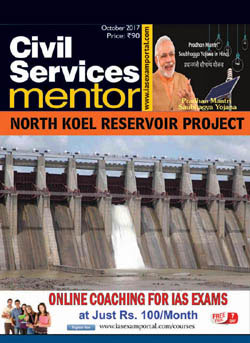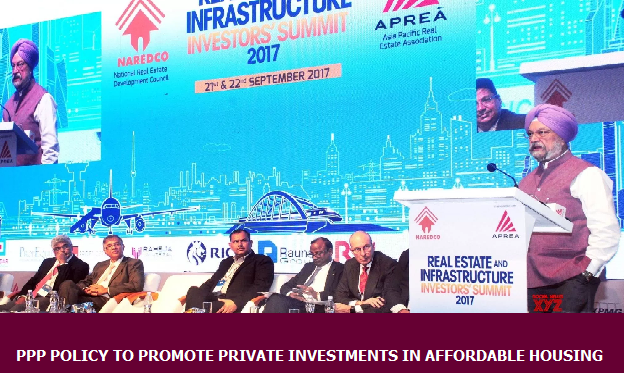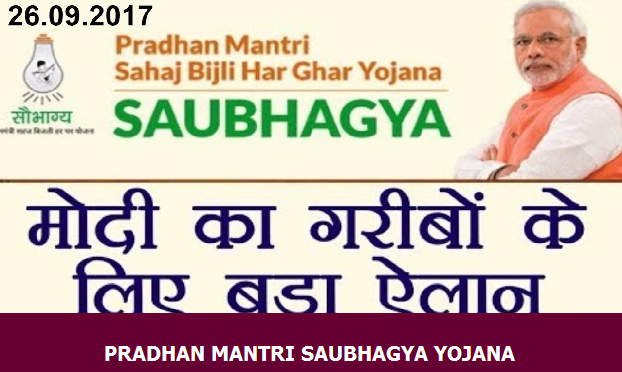GS Mains Model Question & Answer : Examine the process of legislation of budget. Comment
Q. Examine the process of legislation of budget. Comment
Model Answer:
Examine the process of legislation of budget.
Once the budget is prepared, it has to pass through the following stages in the
Parliament a) presentation of the budget by the finance minister in both the
houses of Parliament, (b) general discussion on revenue and expenditure
proposals, (c) presentation of demands for grants, and (d) voting and passing of
the Appropriation and Finance Bills.
Presentation of Budget: The budget is presented to Lok Sabha .
While presenting the budget, the Finance Minister delivers the budget speech and
lays on the table, the annual financial statement duly authenticated by him.
There is no discussion on the budget at that time. Simultaneously, with the
presentation of the budget in the Lok Sabha, a copy thereof is laid on the table
of the Rajya Sabha.
Immediately after the presentation of the General Budget, the Finance Minister
introduces in the Lok Sabha, the Finance Bill to give effect to the tax
proposals of the Government of India for the following financial year. The bill
contains proposals of the government for levy of new taxes, modifications of the
existing tax structure or continuance of the existing tax structure beyond the
period approved by Parliament.
No discussion on the budget takes place on the day it is presented to the house.
Budgets are discussed in two stages- the general discussion followed by detailed
discussion and voting on the demand for grants.
After the presentation of the budget by the Finance Minister, the Speaker may
allot time for general discussion on the budget. During the general discussion,
the house is at liberty to discuss the budget as a whole or any question or
principle involved therein, but no motion can be moved.
After the general discussion of the budget is over, the House is adjourned for a
fixed period. During this period, the demands for grants of the
ministries/departments are considered by the departmentally related standing
committees. These committees are required to present their reports to the House
within a specified period and make special report on the demands for grants of
each ministry.
The demands for grants are not formally presented or laid on the table of the
Lok Sabha. These form part of the budget papers and are distributed to members
along with the budget documents. A separate demand is ordinarily made in respect
of the grant proposed for<each ministry/department. The Finance Minister may
however include in one demand, grant proposed for two or more ministries or
departments or make a demand in respect of expenditure, which cannot readily be
classified under a particular ministry. One ministry department may present more
than one demand.
Discussion on Demands for Grants: After the presentation of the budget, the
Minister of Parliamentary Affairs holds a meeting of the leaders of parties/
groups in Lok Sabha for the selection of ministries/ departments, whose demands
for grants might be discussed in the House. On the basis of decisions arrived at
this meeting, the government forwards the proposals for the consideration of the
Business Advisory Committee. The Business Advisory Committee after considering
the proposals allots time and also recommends the order in which the demands
might be discussed. After the allotment of time by the Business Advisory
Committee, a time-table showing the dates on and the order in which the demands
for grants of various ministries would be taken up in the House is published for
the information of the members.
After the reports of the Standing Committees are presented to the House, the
House proceeds to the discussion and voting on demands for grants,
ministry-wise. The scope of the discussion at this stage is confined to a matter
under the administrative control of the ministry and to each head of demand as
is put to the vote of the House.
It is open to members to disapprove a policy pursued by a particular ministry or
to suggest measures for economy in the administration of that ministry or to
focus attention of the ministry to specific local grievances. At this stage, cut
motions can be moved to reduce any demand for grant but no amendments to a
motion seeking to reduce any demand is permissible. The motions to reduce the
amounts of demands for grants are called cut motions. The object of a cut motion
is to draw the attention of the house to the matter specified therein. The cut
motions are normally tabled by the members of the opposition
Guillotine: On the last of the allotted days for the discussion and voting on
demands for grants, at the appointed time the Speaker puts every question
necessary to dispose of all the outstanding matters in connection with the
demands for grants. This is known as guillotine The guillotine concludes the
discussion on demands for grants
Vote on Account: The whole process of budget beginning with the presentation and
ending with discussion and voting of demands for grants and passing of
appropriation bill and finance bill generally goes beyond the current financial
year. Hence, a provision has been made in the Constitution empowering the Lok
Sabha to make any grant in advance through a vote on account to enable the
government to carry on until the voting of demands for grants and the passing of
the Appropriation Bill and Finance Bill.
Normally the vote on account is taken for two months for a sum equivalent to
one- sixth of the estimated expenditure for the entire year under various
demands for grants.
Vote on account is passed by Lok Sabha after the general discussion on the
budget is over and before the discussion of demands for grants is taken up.
Supplementary and Excess Demands for Grants: If the amount authorised to be
expended for a particular service for the current financial year is found to be
insufficient for the purpose of that year, or when a need has arisen during the
current financial year for supplementary or additional expenditure upon some new
service not contemplated in the budget for that year, the President causes to be
laid before both the Houses of Parliament, another statement showing the
estimated amount of that expenditure.
If any money has been spent on any service in a financial year in excess of the
amount granted for the service for that year, the President causes to be
presented to Lok Sabha a demand for such excess. All cases involving such
excesses are brought to the notice of Parliament by the Comptroller and Auditor
General through his report on the appropriation accounts. The excesses are
examined by the Public Accounts
Committee, which makes recommendations regarding their regularisation in its
report to the House.
The supplementary demands for grants are presented and passed by the House
before the end of the financial year, while the demands for excess grants are
made after the expenditure has been incurred and after the financial year to
which it relates, has expired.
Appropriation Bill: After the demands for grants have been passed by the House,
a bill to provide for the appropriation out of the Consolidated Fund of India of
all moneys required to meet the grants and the expenditure charged on the
Consolidated Fund of India is introduced, considered and passed. The
introduction of such a bill cannot be opposed.
The scope of discussion is limited to matters of public importance or
administrative policy implied in the grants covered by the bill and which have
not already been raised during the discussion on demands for grants.
No amendment can be proposed to an appropriation bill, which will have the
effect of varying the amount or altering the destination of any grant so made or
of varying the amount of any expenditure charged on the Consolidated Fund of
India.
Finance Bill: The Finance Bill is introduced in the Lok Sabha immediately after
the general budget is presented to the Lok Sabha by the finance minister.
The introduction of this bill also cannot be opposed. The scope of discussion on
the this bill is vast and members can discuss any action of the Government of
India. The whole administration comes under review
The Finance Bill seeks to give effect to the financial proposals of the
government of India for the next financial year. It also includes a bill to give
effect to supplementary financial proposals for any period.
It submits to the jurisdiction of the House all the Acts, with which it deals,
i.e., the Income Tax Act, Central Excise and Salt Act etc. and the House can
amend all or any such acts to the extent they are dealt with in the bill. The
procedure in respect of Finance Bill is the same as in the case of other money
bills.

